23+ Sample Roofing Proposal
-

Roof Replacement Proposal
download now -
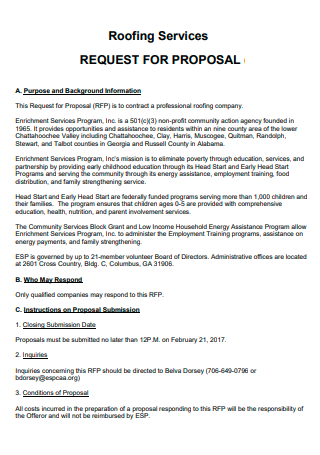
Roofing Services Proposal
download now -
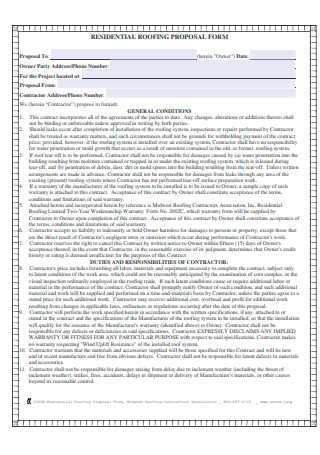
Residential Roofing Proposal Form
download now -

Roofing Repair or Replacement Services Proposal
download now -
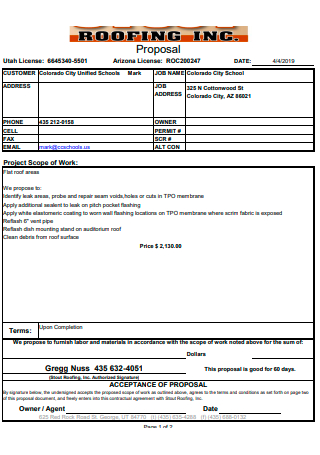
Basic Roofing Proposal
download now -

On-Call Roofing Repair Services Proposal
download now -
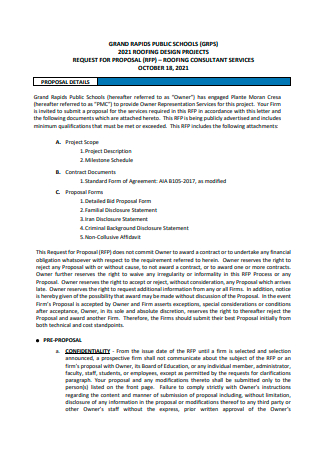
Roofing Design Projects Proposal
download now -
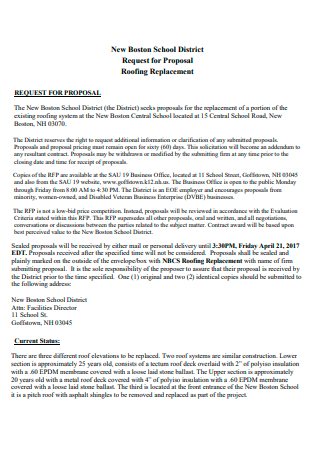
Roofing Replacement Proposal
download now -
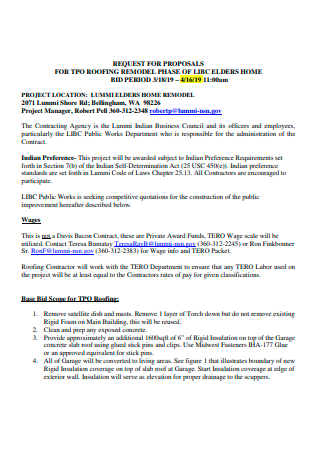
Roofing Remodel Proposal
download now -
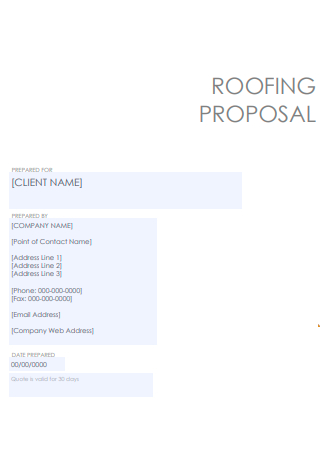
Roofing Proposal Template
download now -
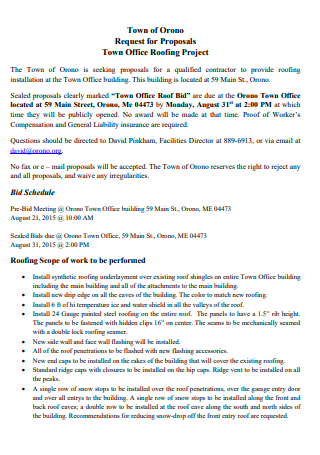
Office Roofing Project Proposal
download now -
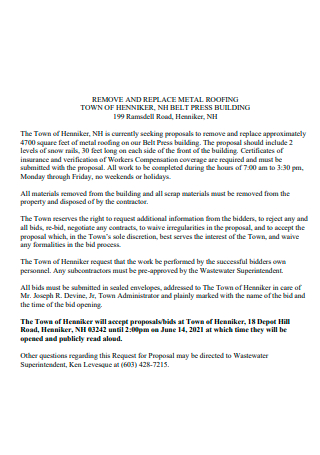
Metal Roofing Proposal
download now -
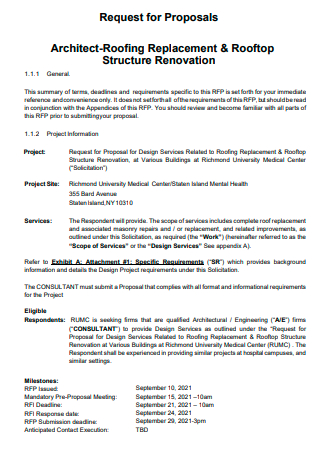
Architect-Roofing Replacement Proposal
download now -
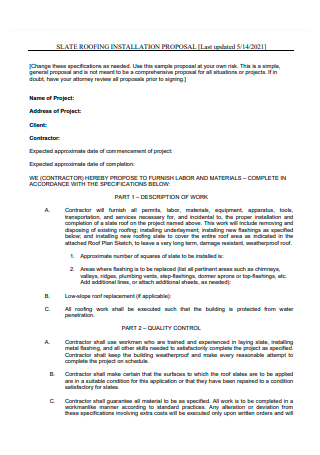
Roofing Installation Proposal
download now -
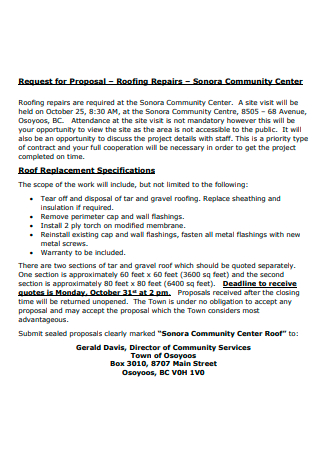
Roofing Repairs Proposal
download now -
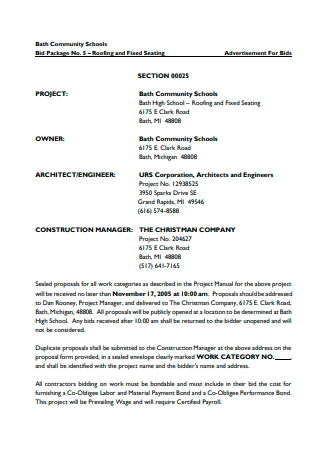
Roofing and Fixed Seating Proposal
download now -
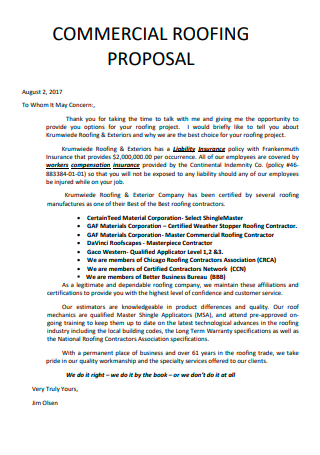
Commercial Roofing Proposal
download now -
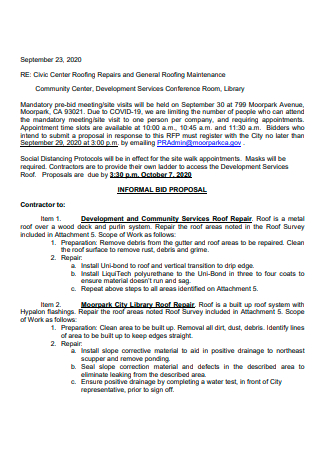
Roofing Proposal Example
download now -
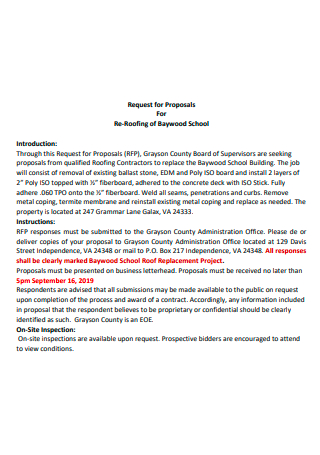
Re-Roofing of School Proposal
download now -
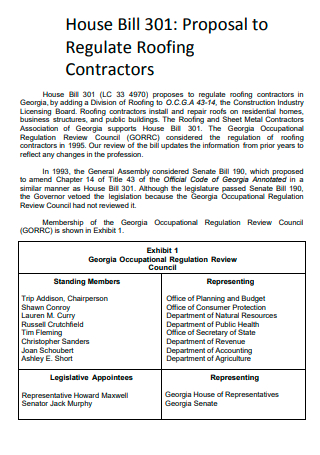
Roofing Contractors Proposal
download now -
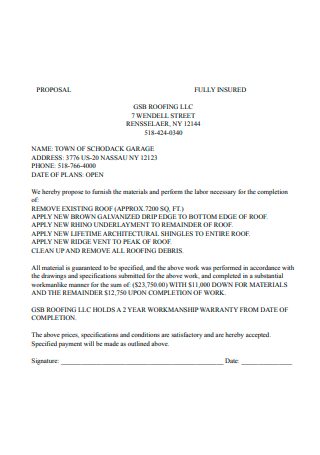
Printable Roofing Proposal
download now -
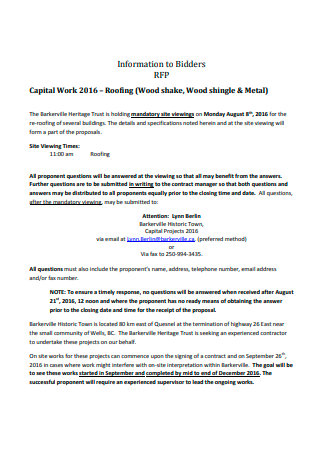
Capital Work Roofing Proposal
download now -

Roofing Consultant Services Proposal
download now -

Renaissance Roofing Proposal
download now
FREE Roofing Proposal s to Download
23+ Sample Roofing Proposal
What Is a Roofing Proposal?
Different Types of Roofing
What to Expect from Roofing Proposals
How to Write a Roofing Proposal
FAQs
Is a roofing proposal a contract?
How much does it cost to replace shingles on a roof on average?
Which type of roofing is recommendable?
What Is a Roofing Proposal?
A Roofing proposal is a document that outlines the cost of the projects, which the client and the contractor must adhere to. While an estimate gives the client a rough notion of material prices, a proposal breaks down the costs of materials, labor, and any optional extras. A proposal for a roofing job is important because it helps determine the necessary project that needs to be completed. If you are pressed for time, then you could make use of the roofing proposal sample provided in this article so you have a reference and you won’t have to worry about the format.
Different Types of Roofing
An important aspect of roof works or repairing roofs is the type that contractors will be using or which the client specified to be used. So you won’t misunderstand the discussion between the other party, you need to be aware of the various types of materials for roofing there are. Additionally, being aware will also help both parties to plan for the budget that is necessary to be used in purchasing the needed Materials. Don’t waste any time and go over this curated list so you can gain a better understanding of the types of roofing.
What to Expect from Roofing Proposals
Since roofing is such a large Investment, clients want to be sure they hire the best roofing contractor possible. If this is their first time hiring a contractor, the proposal is the most significant consideration. Most homeowners like to obtain quotations from many roofing contractors before selecting the one that best fits their needs in terms of money, materials, and timeline. However, to select the finest alternative for you, you must first gain a basic understanding of roofing proposals.
How to Write a Roofing Proposal
This article provides a roofing proposal example and guides you on how to format a professional roofing proposal whether you are a roofing company or contractor. This template includes sections for the job description, your company’s experience, a portfolio of recent projects, a fee table, and a project schedule, whether you are providing commercial or residential roofing services. You don’t have to go through the hassle of starting from scratch because a commercial roofing proposal template is made available for you.
-
1. Cover Letter
A visually pleasing cover page of your roofing proposal will be the first thing your client notices. This cover page has everything you need to pique your client’s curiosity. The first thing that this proposal template will accomplish is to cause the person reading it to nod. The template’s Cover Letter will instantly construct a picture for them of a familiar scenario: their company and the problem they are aware of, allowing you to highlight the positives.
-
2. Client Details
The next section will require you to state the name of the client for who you are writing the proposal followed by the phone or contact number they provided, their respective address location, the roof type they have specified, the roof material needed, and lastly furthermore of their request.
-
3. Work Details
This is the section where you will have the opportunity to explain what you will be delivering. You may demonstrate how you will make this project a success by providing all of the relevant facts regarding the deliverables in this section. You can also include the timeline of the project and how long it would take to complete this part.
-
4. Estimated Total Cost
Most often than not, everyone may want to check out the pricing section first. This section allows you to properly describe the pricing alternatives, arrange them using a thorough Pricing List, and convince them to pick the best ones and accept your proposal without hesitation. This section is important to be as specific as possible so that clients will know where their budget is going into.
FAQs
Is a roofing proposal a contract?
Proposals provide a fixed price that cannot be surpassed no matter what happens during the project. In addition to the basic roofing and labor requirements, a roofing contractor should identify all products and services included within the scope of the operation. Permit acquisition expenses and cleanup and disposal services should be discussed with the contractor if they are not mentioned in the contract.
How much does it cost to replace shingles on a roof on average?
Shingles are not only necessary for roof protection, but they can make a bold outside design statement. The typical cost of installing new shingles is between $8,000 and $9,000, with low costs in the $5,000s and high expenditures in the $12,000s and more. For clients who are property owners, you can view the sample residential roofing proposal and base your format from there.
Which type of roofing is recommendable?
The recommended type of roofing is asphalt roofing shingles. The main reasons are that asphalt shingles are relatively lightweight, economical, and simple to install, making them the best choice for most Homes. They are sold in sheets that are piled on a roof to simulate the appearance of more expensive single shingles, such as cedar or slate, which are laid one at a time.
You can’t expect yourself to come up with the best roofing proposal right away if you are unfamiliar with the format. But through the guidance of this article as well as curated lists that helped you out, you are more than ready to begin making one. Remember, templates are available to help you out as well as a sample roof replacement proposal which could come in handy when you are in a rush.
